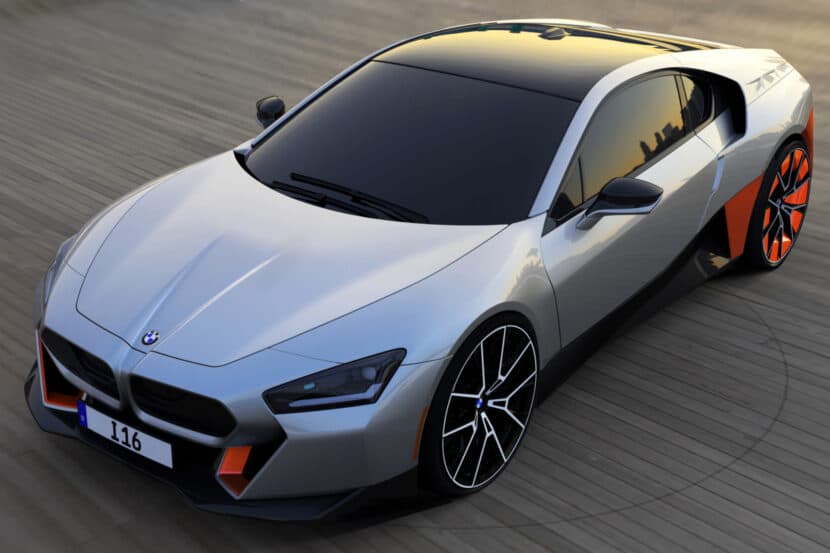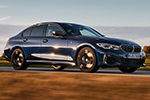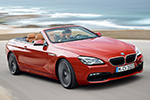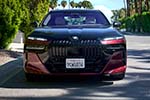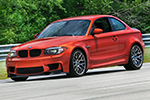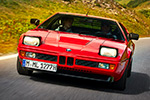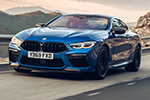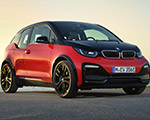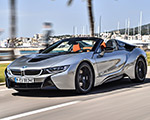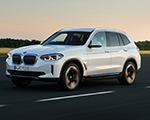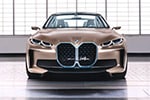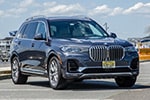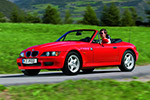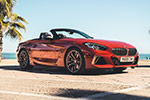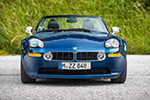BMW makes it crystal clear that the Vision Driving Experience doesn’t have a connection to a production model. That’s because the electric M3 coming in a couple of years won’t be nearly as extreme as the VDX. The concept shows what the engineers are capable of when they’re allowed to go all out. It demonstrates what’s possible when you don’t have to worry about the restrictions typically applied to a road-going model.
There are five underbody fans to suck the car onto the ground for static downforce. Quad motors produce a combined 18,000 Nm (nearly 13,300 lb-ft) of torque and as much as 1,700 horsepower. One of the concept’s many party tricks is a super-aggressive brake energy recuperation mode. While in Shanghai this week, BMWBLOG learned the VDX can put enough juice back into the battery when braking from 62 mph (100 km/h) to zero to charge 21 iPhones.
Although Neue Klasse models won’t have this hardcore version of the brake energy recuperation system, it’s a testament to how the so-called “Heart of Joy” central computer can quickly process information. With this new tech, BMW estimates that 98 percent of drivers won’t even have to use the friction brakes. The braking power generated during energy recuperation mode is enough for regular driving.

Pressing the brake pedal only becomes necessary under hard braking. Avoiding the use of conventional brakes boosts efficiency by as much as 25%. The brutal deceleration is overkill for a production model, but the VDX is a test rig to show what’s technically possible. If the four super-brains that make up the “Heart of Joy” control unit can handle it, whatever BMW is preparing for production cars should be easy to process.
We will learn how BMW has translated the VDX’s capabilities to a road car later this year. The first Neue Klasse model is set for an early September reveal. That’s when we’ll see the second-generation iX3 break cover at the IAA Mobility show in Munich. Come 2026, the i3 sedan and a long-wheelbase iX3 will follow.














